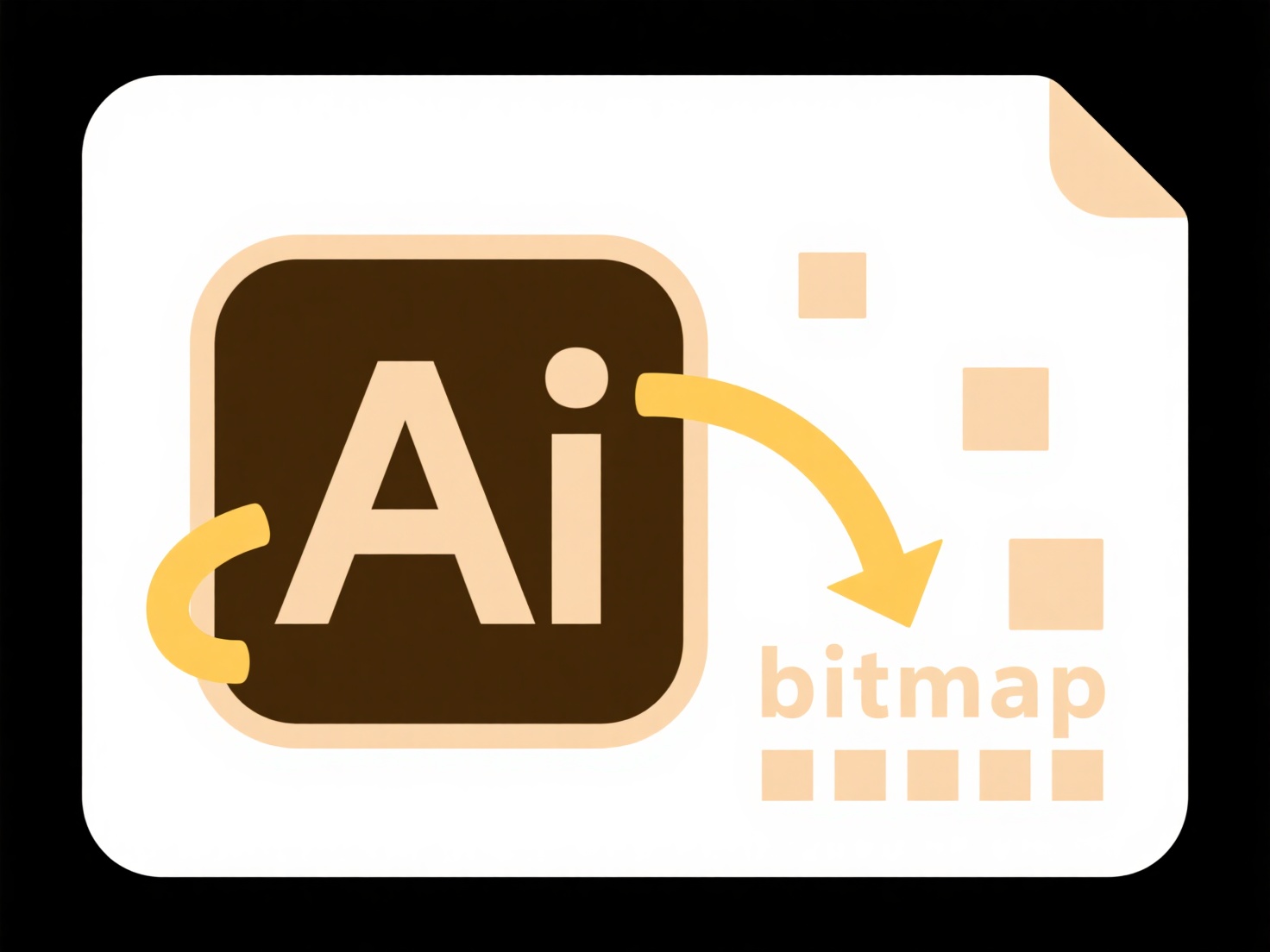
Standardizing invoice or receipt naming involves establishing clear, consistent rules for how these documents are titled when saved electronically. Essentially, you create a specific format or "template" that dictates the order of key information within the filename. This differs from ad hoc naming, where filenames are created on the fly, often leading to confusing variations. A good standard uses logical elements like vendor name, date, and document purpose.

A common approach uses VendorName_Date_InvoiceNumber.pdf, like ACME_Supplies_20240525_Inv1234.pdf. E-commerce platforms often generate receipts automatically with customer names and order numbers, such as Receipt_JSmith_ORD20240525ABC001.pdf. Bookkeeping software and cloud storage services typically encourage or require structured naming for efficient indexing and retrieval.
This practice significantly improves document organization, speeds up searches, and reduces errors, especially during audits or tax filing. Initial setup requires defining rules and team training. Limitations include potential inflexibility if business needs change, requiring rule updates. Consistent naming is essential for accurate record-keeping and enhances scalability, particularly as businesses grow or rely more on digital tools like accounting software.
How do I standardize naming for invoices or receipts?
Standardizing invoice or receipt naming involves establishing clear, consistent rules for how these documents are titled when saved electronically. Essentially, you create a specific format or "template" that dictates the order of key information within the filename. This differs from ad hoc naming, where filenames are created on the fly, often leading to confusing variations. A good standard uses logical elements like vendor name, date, and document purpose.

A common approach uses VendorName_Date_InvoiceNumber.pdf, like ACME_Supplies_20240525_Inv1234.pdf. E-commerce platforms often generate receipts automatically with customer names and order numbers, such as Receipt_JSmith_ORD20240525ABC001.pdf. Bookkeeping software and cloud storage services typically encourage or require structured naming for efficient indexing and retrieval.
This practice significantly improves document organization, speeds up searches, and reduces errors, especially during audits or tax filing. Initial setup requires defining rules and team training. Limitations include potential inflexibility if business needs change, requiring rule updates. Consistent naming is essential for accurate record-keeping and enhances scalability, particularly as businesses grow or rely more on digital tools like accounting software.
Related Recommendations
Quick Article Links
How do I prevent export tools from duplicating output files?
Output file duplication occurs when automated export tools create multiple copies of a file instead of replacing an exis...
Can I create a file once and save it in both locations?
Creating a file in one location and automatically saving an identical copy in a second location isn't direct saving but ...
What’s the best method for sorting downloaded files automatically?
What’s the best method for sorting downloaded files automatically? Automatically sorting downloaded files involves sett...